A Brief History of Alcohol and Prohibition
Alcohol played an important role in the emergence of human civilization dating back to prehistoric times. The exact date of when humans first produced alcoholic beverages is unknown, but beer made from fermented honey, or "mead", appears to have been in widespread use during the latter part of the Paleolithic era. Archeological records have demonstrated that agricultural development and permanent communities began around 10,000 BC, with the domestication of barley. It has been speculated that this was a result of the desire to brew beer, a drink that was a dietary staple in man’s diet. Scientists have discovered ancient Sumerian tablets with beer brewing processes inscribed. The discovering of beer dates back to over 6,000 BC, whereas fermentation of wine seemingly occurred later, following the introduction of grape cultivation from the Levant to Egypt, around 3,000 BC. The Holy bible even referred to alcohol as a gift from God.
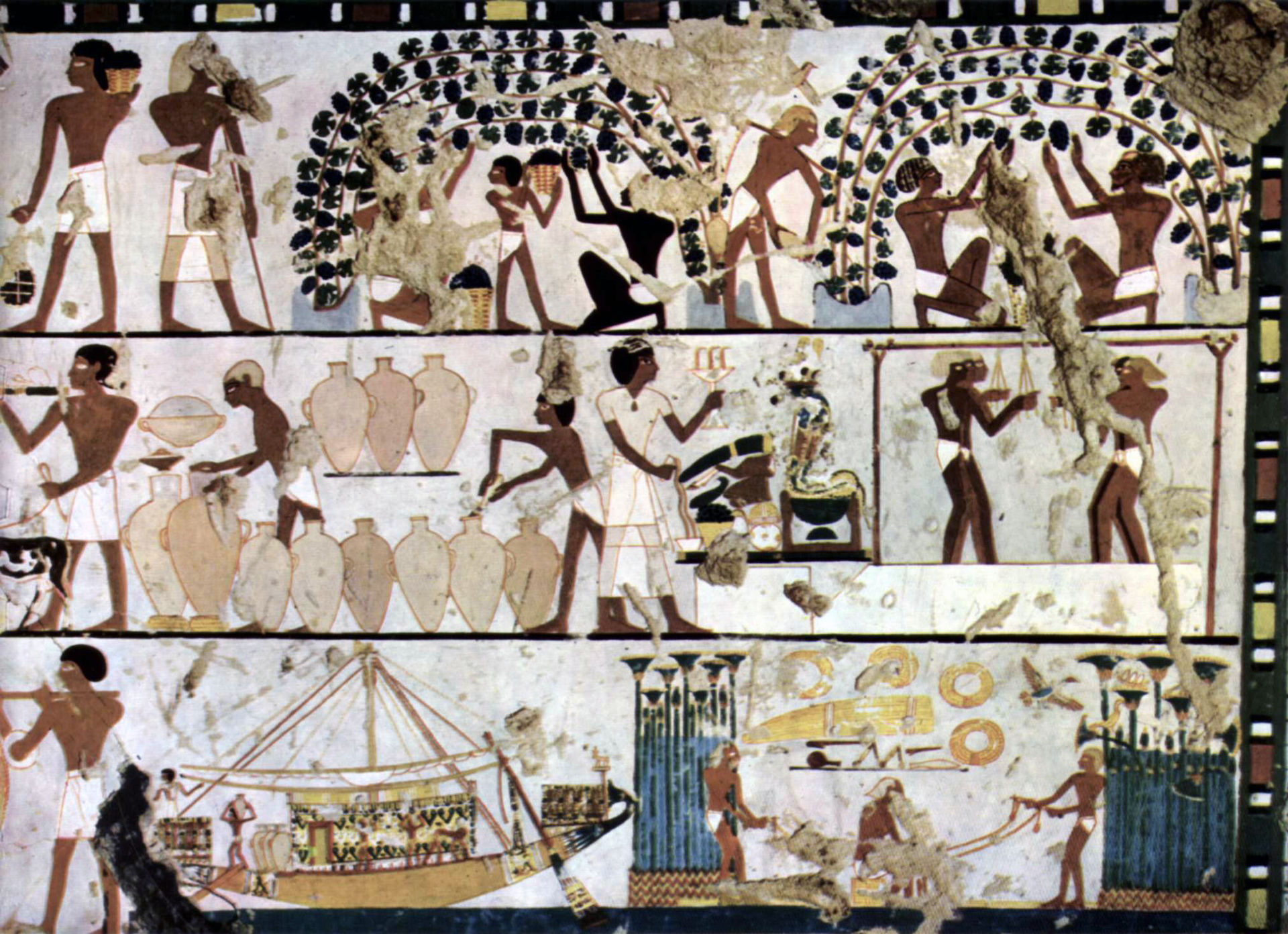
Grape cultivation, winemaking, and commerce in ancient Egypt c. 1500 BC
Beverages containing alcohol were less likely to contain dangerous bacteria in an era when bacterial contamination was standard. It was also a valuable source of energy derived from glucose that resulted from alcohol biotransformation. In addition to supplying nutrition, energy and antiseptic, beer is a pivotal to human cultural development. It has influenced human ritual and religion; provided medicinal and analgesic benefits; facilitated social cohesion, affability and relaxation; was used pharmacologically; and overall enhanced the quality of life.
Beer and wine consumption was rampant through the renaissance in Europe, the Age of Exploration, and into the early Colonial period when the first colonies in the New World were established. In the 14th and 15th centuries, the Puritan Ethic emerged in England and began to place restrictions on the use of alcoholic beverages. Moving on, in the early 17th century English Pilgrims and merchants on the Mayflower consumed large amounts of alcohol stored in barrels, especially beer, which was known to be safer than water, which often came from polluted sources causing diseases. The first North American commercial distillery was opened by the Dutch in 1640 on Staten Island, New York, and likely produced applejack.
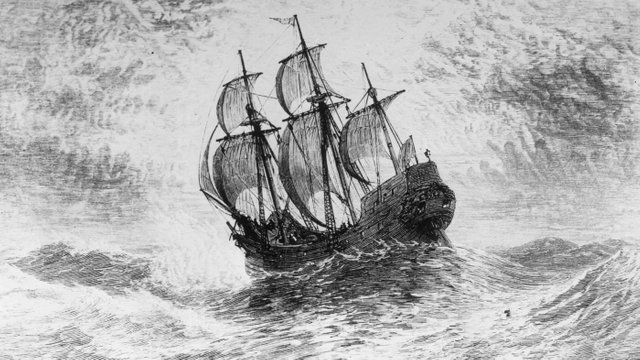
The Mayflower, the ship in which the Pilgrims crossed the Atlantic to the New World in 1620
The U.S. Treasury, under Alexander Hamilton, imposed its first ever excise taxes in 1971 to generate revenue for the debt resulted by the Revolutionary War. In 1791, the U.S. Congress passed the Internal Revenue Act, providing for taxes on distilled liquor and tobacco. It was the first “internal” tax produced and domestically consumed products. The new measure was quickly dubbed the “Whiskey Tax” and was strongly resisted in the farms of Pennsylvania. Farmers who turned their grain into whiskey drove out tax collectors with violence. In response, President George Washington travelled to Western Pennsylvania to negotiate with the rebels — at the head of a 15,000-man army from the neighboring states.
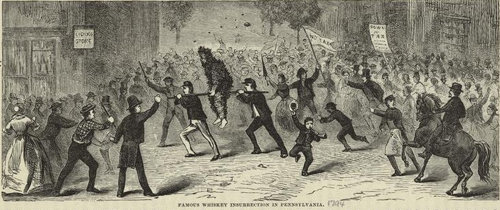
Illustration of the Whiskey Rebellion from "Our First Century", R.M. Sevens 1882
By the start of the 19th century, public intoxication in European culture was seen as a public disgrace. In the 1820s and 1830s, religious revivalism swept the U.S., leading to increased calls for temperance. Temperance was seen as a solution after Dr. Benjamin Rush called alcoholism a "disease" in his revolutionary work "An Inquiry into the Effects of Ardent Spirits on the Human Mind and Body," which was published in 1784. The movement picked up in 19th century in the US, as it was linked with other reform and religious movements. Moreover, the movement divided: one believing that only hard liquor, not wine and beer, was harmful and another, calling themselves "teetotalers", for complete abstinence from alcohol. In 1838, the state of Massachusetts passed a temperance law banning the sale of spirits in less than 15-gallon quantities; though the law was repealed two years later, it set a precedent for such legislation. Maine passed the first state prohibition law in 1846, and a number of other states had followed suit by the time the Civil War began in 1861. By the turn of the century, temperance unions/societies infiltrated in communities across the U.S.
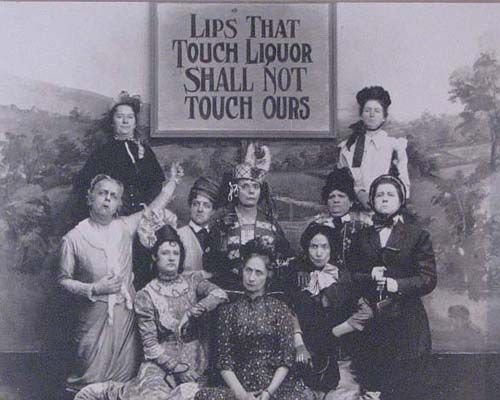
The Women's Christian Temperance Union, the oldest non-sectarian women's organization worldwide
The Women’s Christian Temperance Union (W.C.T.U), founded in 1874 in Cleveland, Ohio, marked the formal entrance of women into the temperance movement. Alcohol was seen as destructive to families and marriages. Carrie Amelia Nation, a radical member of the WCTU, demonized alcohol, claiming it to be “evil” and in 1900, and went so far as to attack saloons with stones and bricks. In 1915, whiskey and brandy were removed from the list of authoritative medicinal drugs contained in the US Pharmacopoeia. In 1917, after the US entered World War I, President Woodrow Wilson initiated a temporary wartime prohibition in pursuance of saving grain for producing food, followed by prohibition from 1920 to 1933. Federal and local government struggled to enforce Prohibition during this time. Initially, enforcement was assigned to the Internal Revenue Service (IRS), later transferred to the Justice Department. Prohibition was more strongly enforced in areas mainly rural areas where residents had more respect for legislation and much more loosely in urban areas.
Initially, prohibition resulted in a decline in arrests for drunkenness and a reported 30 percent drop in alcohol consumption. However, those who wanted to keep drinking found inventive ways to do it. Statistic show that per capita alcohol uses were as such: a huge drop between 1919 - 1921, with an increase in 1922 - 1929 that almost returns to pre-prohibition use. Furthermore, illegal manufacturing and sale of liquor (i.e. “bootlegging”) went on throughout the decade, along with the operation of businesses selling alcohol (“speakeasies”), the smuggling of alcohol across state lines and the informal production of liquor (“moonshine”) in private homes. Immediately following probation, there was a huge spike in alcohol sales that continued until 1930 and beyond. We see a 40 - 50 percent spike in the prison population during this timeline as well as a spike in murder rates. Prohibition facilitated underground markets associated with bootlegging, such as Chicago gangster Al Capone, who notoriously earned a staggering $60 million annually from bootleg operations and speakeasies. This market thus fueled the rise in gang violence.
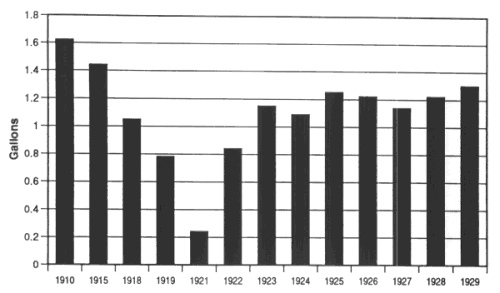
Per capita consumption of alcoholic beverages in America in gallons of pure alcohol
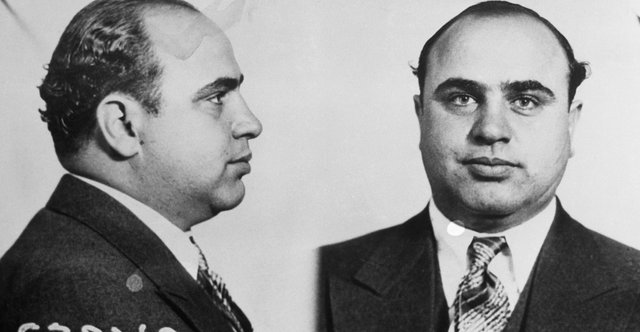
Mug shots taken by the Chicago police after Capone's arrest in 1931
The forced reduction in the amount of alcohol consumed was only a guess because many people were likely making their own alcohol-containing beverages or buying them illegally. After the repeal of Prohibition, there was a graduate decline in the amount of alcohol consumed by each person in the U.S. annually, until around 1960 when this trend was reversed. Today, alcohol remains very popular in modern times and is the most commonly abused substance in the U.S. At any given moment, 7 percent of the population of the world is intoxicated. It is estimated that 90 percent of the adults in the U.S. have consumed alcohol at least once, that 70 percent have so in the past year, and that 51 percent of the population 12 years of age or older consume alcohol at least once per month.
(P.S. My username has a typo. And Steemit won't let me edit it... whatever.)
Source: https://www.amazon.com/Concepts-Chemical-Dependency-393R-23-Treatment/dp/0840033907
Source: http://www.nydistilled.com/learn-the-history/
Source: https://sites.google.com/site/orangewomenstemperanceunion/background-on-women-s-christian-temperance-union
Source: https://priceonomics.com/did-prohibition-reduce-drinking/
Image 1: https://en.wikipedia.org/wiki/Egyptian_wine
Image 2: https://www.npr.org/2015/11/26/457246585/reconsidering-the-pilgrims-piety-and-americas-founding-principles
Image 3: https://www.legendsofamerica.com/ah-whiskeyrebellion.html
Image 4: https://sites.google.com/site/orangewomenstemperanceunion/background-on-women-s-christian-temperance-union
Image 5: https://www.albany.edu
Image 6: http://www.history.com/topics/prohibition/pictures/al-capone-and-prohibition/mugshot-of-gangster-al-capone
Thanks for your good posts, I followed you!
Congratulations @whitedalhia! You received a personal award!
Click here to view your Board
Congratulations @whitedalhia! You received a personal award!
You can view your badges on your Steem Board and compare to others on the Steem Ranking
Vote for @Steemitboard as a witness to get one more award and increased upvotes!